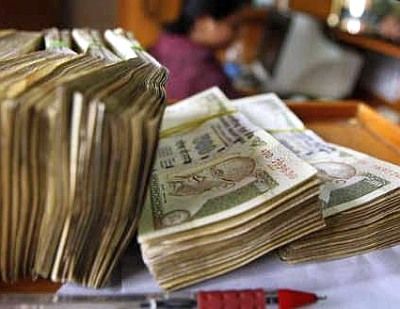 At 66.39, the rupee fell only 5.3 per cent against the dollar, while its major Asian peers fell at least seven per cent.
At 66.39, the rupee fell only 5.3 per cent against the dollar, while its major Asian peers fell at least seven per cent.
The rupee ended 2015 as one of the best performing emerging markets’ currency, bucking the trend in Asia and in fact, strengthening against most major global currencies.
At 66.39, it fell only 5.3 per cent against the dollar, while its major Asian peers fell at least seven per cent.
Indonesian rupiah, which largely mirrors the Indian rupee in its behaviour, fell more than 11.3 per cent against the dollar.
The Thai baht lost 9.5 per cent and the Korean won was down 7.5 per cent. Currencies of Brazil, Turkey, Argentina and Russia, India’s competitors in attracting foreign flow, plunged 20-47 per cent.
A crash in oil prices and intermittent intervention by the Reserve Bank of India, as well as steady flow in the Indian markets by foreigners, kept the rupee strong. Dealers expect the rupee to remain strong in 2016, but the Chinese slowdown is a big uncertainty.
But, the rupee’s strength against its competitor could come to haunt exporters if China devalues further.
The rupee has to fall sharply in that case, but RBI governor Raghuram Rajan has said in the past he did not see competitive devaluation adding value in achieving macroeconomic goals of the country.
The bond market frequently saw inverted or flat yield curves as the yields on the 10-year bond and above did not move much whereas treasury bills commanded higher coupons.
Liquidity remained tight and banks frequently borrowed from RBI’s liquidity windows that kept short-term yields high.
But, the longer tenure yields tracked inflation and revisions in growth numbers. Prospects of US Fed rate hikes also kept the bond market guessing as foreign portfolio investors flip-flopped on their debt investment.
After more limits were allowed to them in October, FPIs bought Indian bonds, only to sell them off in November and December.
The 10-year yields ended 2015 at 7.750 per cent, a few basis points down from its December 2014 close of 7.857 per cent, despite RBI cutting policy rate by 125 basis points in the year.









